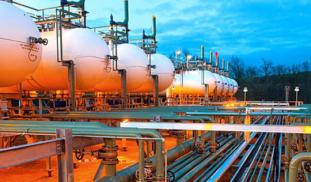Please wait...
About This Project
We aim to create a novel biological chassis that exploits both fermentative and photosynthetic pathways for biohydrogen gas production. By genetically engineering hydrogenases from Chlamydomonas reinhardtii and Pyrococcus furiosus into Rhodobacter sphaeroides, we will direct more reducing power towards hydrogen synthesis. Ultimately, we aim to harness biohydrogen as a more cost effective and environmentally friendly fuel source.






